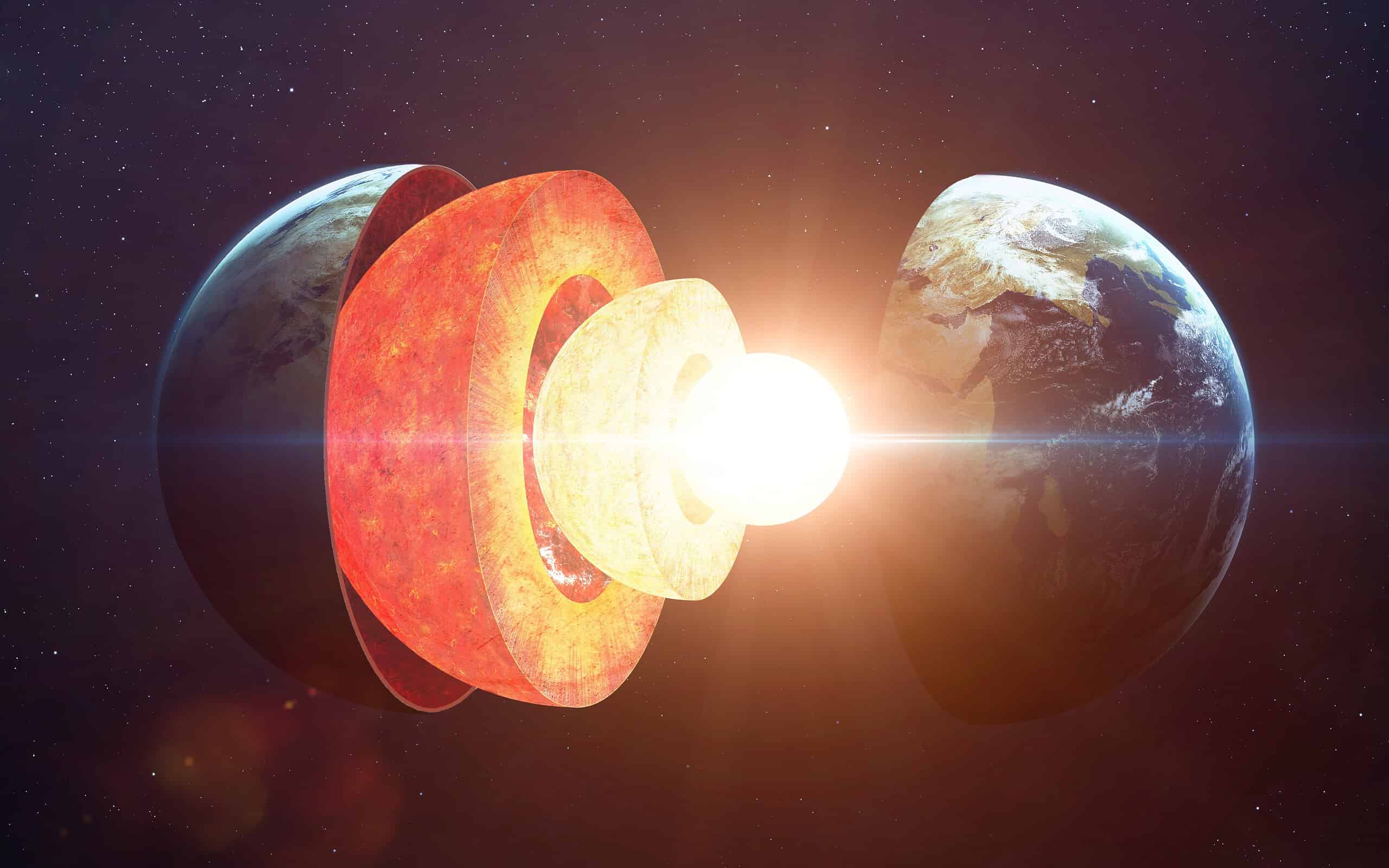
Ever wondered what's beneath our feet, beyond the reach of the deepest mines and drills? Well, let me introduce you to the asthenosphere, Earth's unsung hero. Nestling just below the crust, this layer plays a crucial role in shaping our planet's surface. But what exactly is the asthenosphere, and why should we care? The asthenosphere is a semi-fluid layer that allows tectonic plates to move, creating mountains, earthquakes, and volcanoes. It's like Earth's conveyor belt, constantly reshaping the planet's surface. So, buckle up as we dive into 15 fascinating facts about the asthenosphere, revealing the dynamic forces that mold our world. From its composition to its impact on our daily lives, prepare to be amazed by the secrets lying just beneath your feet.
Key Takeaways:
- The asthenosphere, a semi-fluid layer beneath Earth's surface, drives plate tectonics, creates volcanic activity, and influences global climate patterns through its slow movement and convection currents.
- Composed of peridotite and partially molten rock, the asthenosphere's properties are crucial for understanding Earth's dynamics, predicting geological events, and developing early warning systems for natural disasters.
What Is the Asthenosphere?
Beneath Earth's solid outer layer, known as the lithosphere, lies a highly viscous and mechanically weak region called the asthenosphere. This layer plays a crucial role in plate tectonics and the movement of continents. Unlike the rigid lithosphere above, the asthenosphere is capable of flowing, albeit very slowly, which allows for the movement of tectonic plates.
Key Characteristics of the Asthenosphere
-
The asthenosphere extends from about 100 kilometers (62 miles) to 700 kilometers (435 miles) below Earth's surface. Its depth varies depending on geographical location and underlying geological structures.
-
Temperatures in this layer range from approximately 450°C to 900°C. Despite these high temperatures, the rocks within the asthenosphere are not molten but are in a semi-solid state, allowing them to flow.
-
Pressure in the asthenosphere is immense, reaching levels that significantly alter the physical properties of minerals and rocks, making them more ductile and capable of flowing under stress.
How the Asthenosphere Affects Plate Tectonics
-
The asthenosphere is the main driver of plate tectonics. Its semi-fluid nature allows the lithosphere to move, drift, and even collide over it. This movement is responsible for the creation of mountains, earthquakes, and volcanoes on Earth's surface.
-
Subduction zones, where one tectonic plate moves under another, are directly influenced by the asthenosphere's properties. The descending plate heats up and partially melts, creating magma that can lead to volcanic eruptions.
-
Sea-floor spreading centers, such as the Mid-Atlantic Ridge, are also a result of asthenospheric movements. Here, magma rises from the asthenosphere to fill gaps created as tectonic plates move apart, forming new oceanic crust.
The Composition of the Asthenosphere
-
The asthenosphere is composed primarily of peridotite, a dense, coarse-grained igneous rock made mostly of the minerals olivine and pyroxene.
-
Despite its solid state, the asthenosphere contains a small amount of molten rock. This partial melt reduces the viscosity of the asthenosphere, aiding its ability to flow.
-
Water trapped in minerals within the asthenosphere plays a significant role in reducing the melting point of rocks, further facilitating the movement of tectonic plates.
Discoveries and Studies
-
The existence of the asthenosphere was first proposed in 1914 by the seismologist Beno Gutenberg. He identified a zone within Earth where seismic waves slow down, indicating a semi-fluid layer.
-
Recent studies using seismic tomography have provided detailed images of the asthenosphere, revealing its complex structure and behavior. These studies help scientists understand the dynamics of Earth's interior and its impact on the surface.
-
Innovations in geophysical techniques, such as satellite measurements and deep Earth drilling, have allowed for more accurate mapping of the asthenosphere's properties and movements.
The Role of the Asthenosphere in Earth's Heat Distribution
-
Convection currents within the asthenosphere play a vital role in distributing heat from Earth's core to its surface. This process not only drives plate tectonics but also influences global climate patterns.
-
The slow movement of asthenospheric material can create hotspots, areas of intense volcanic activity. The Hawaiian Islands, for example, are believed to be formed over a hotspot where the asthenosphere allows magma to reach the surface.
-
Understanding the asthenosphere is key to predicting geological events such as earthquakes and volcanic eruptions. By studying this layer, scientists can gain insights into the forces shaping our planet and potentially develop early warning systems for natural disasters.
Earth's Asthenosphere: A Final Look
Diving deep into Earth's layers, we've uncovered fascinating aspects of the asthenosphere. This layer, crucial for plate tectonics, isn't just another part of our planet—it's a dynamic, flowing section that shapes the world as we know it. From its role in volcanic eruptions to its influence on earthquakes, the asthenosphere's impact is profound. Understanding this layer helps scientists predict geological events and grasp Earth's complex nature. So, next time you feel the ground beneath your feet, remember there's a whole world of movement and change happening right under us, all thanks to the asthenosphere. It's not just rocks and lava; it's the engine driving our planet's surface, making Earth the lively, ever-changing place we call home.
Frequently Asked Questions
Was this page helpful?
Our commitment to delivering trustworthy and engaging content is at the heart of what we do. Each fact on our site is contributed by real users like you, bringing a wealth of diverse insights and information. To ensure the highest standards of accuracy and reliability, our dedicated editors meticulously review each submission. This process guarantees that the facts we share are not only fascinating but also credible. Trust in our commitment to quality and authenticity as you explore and learn with us.


